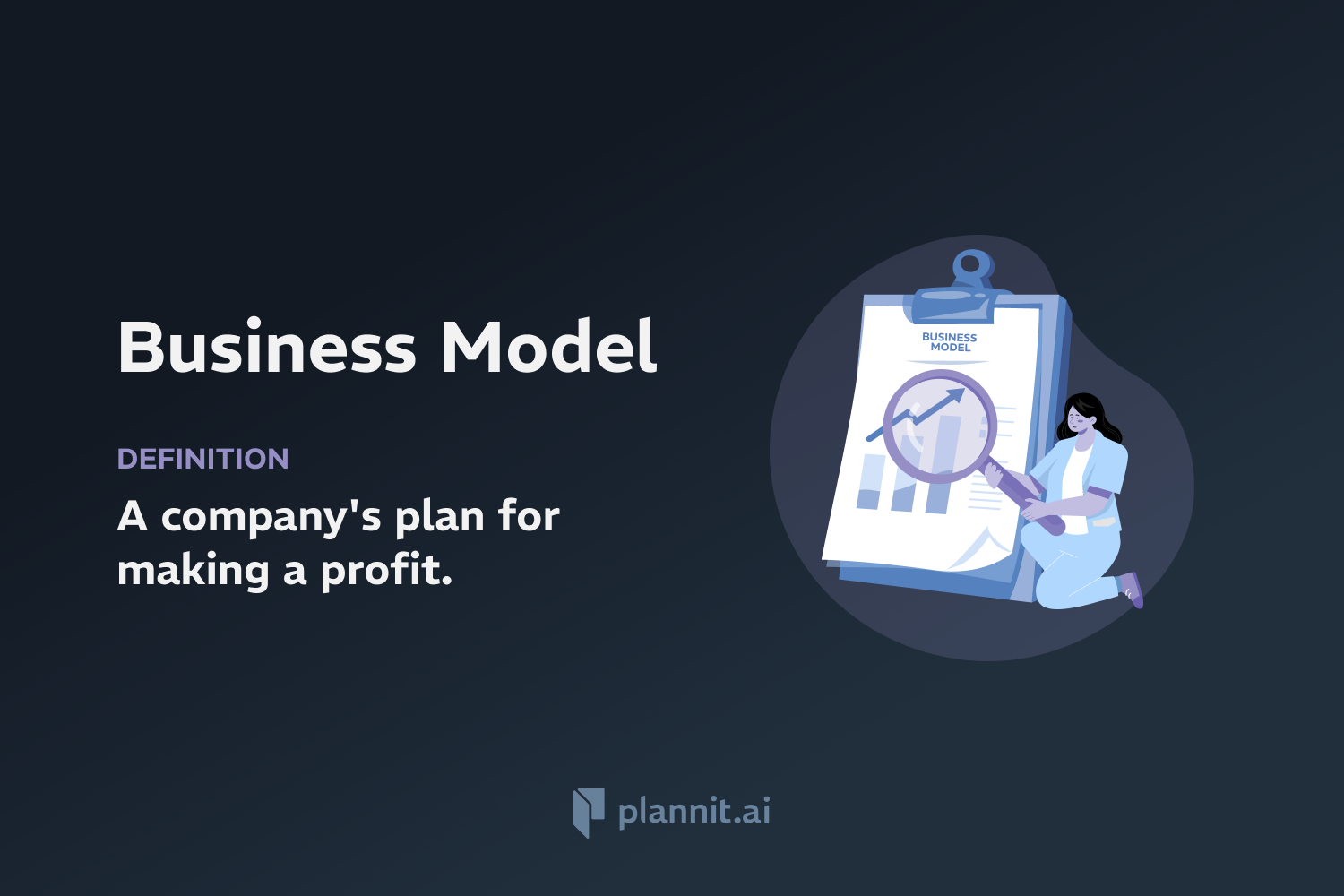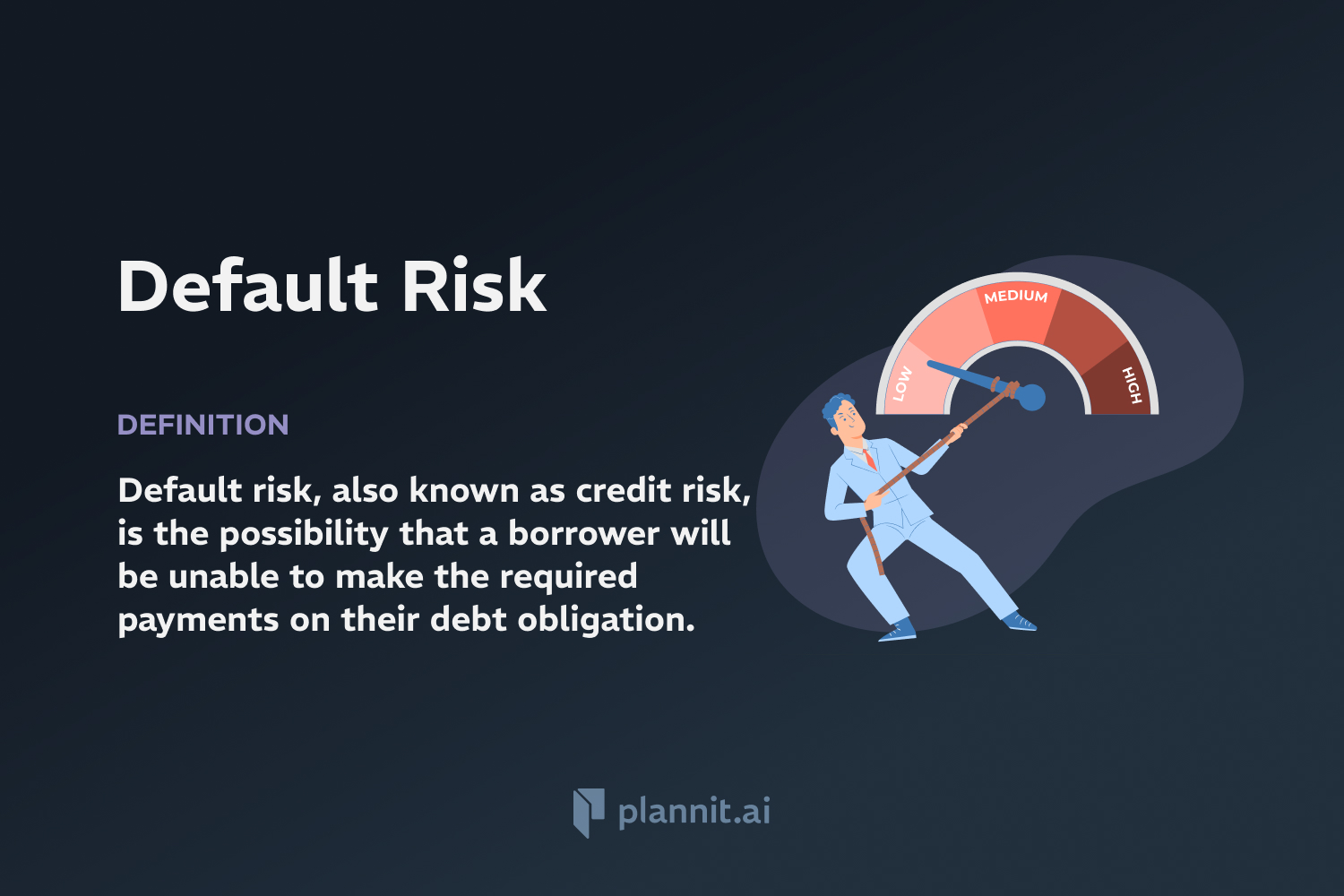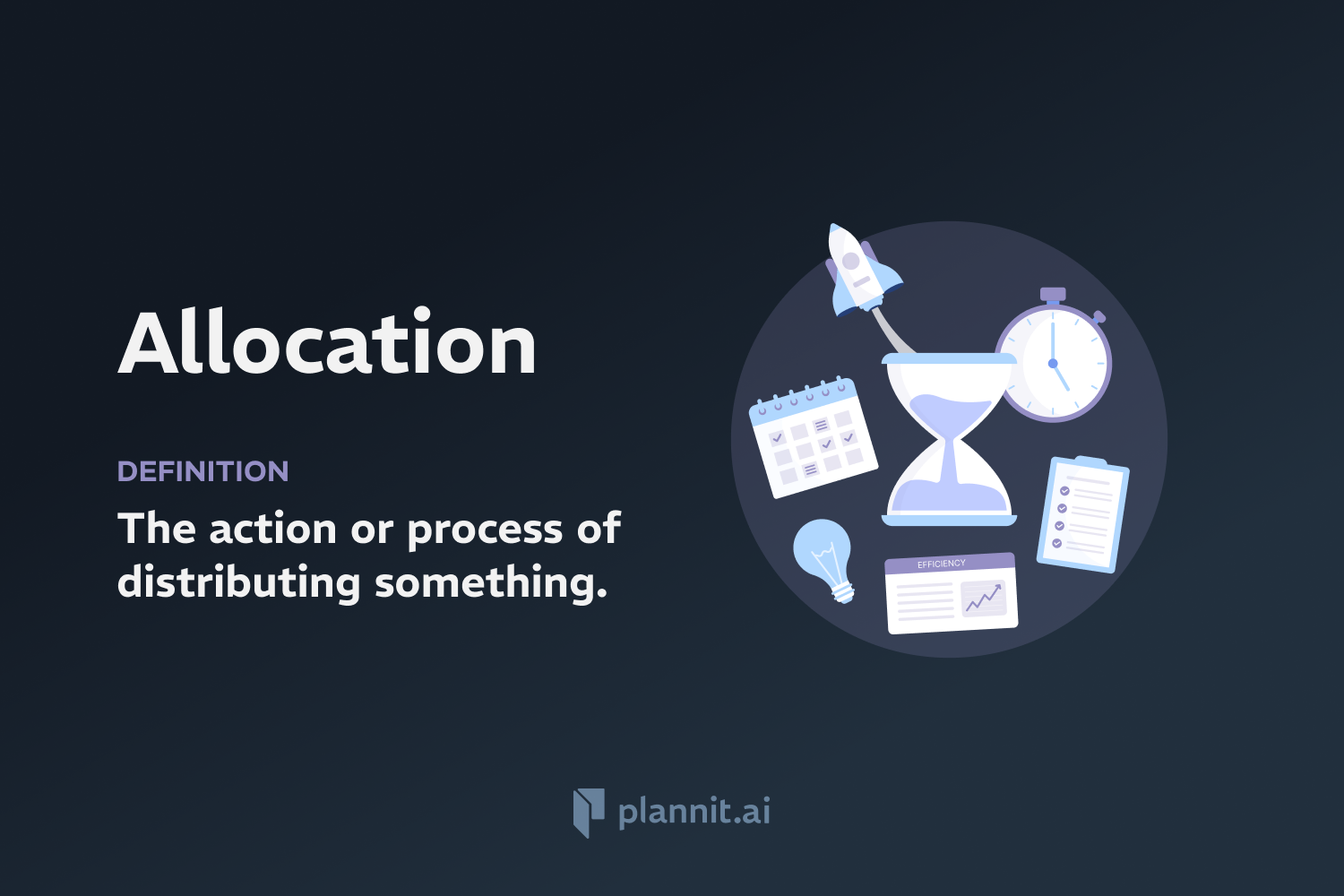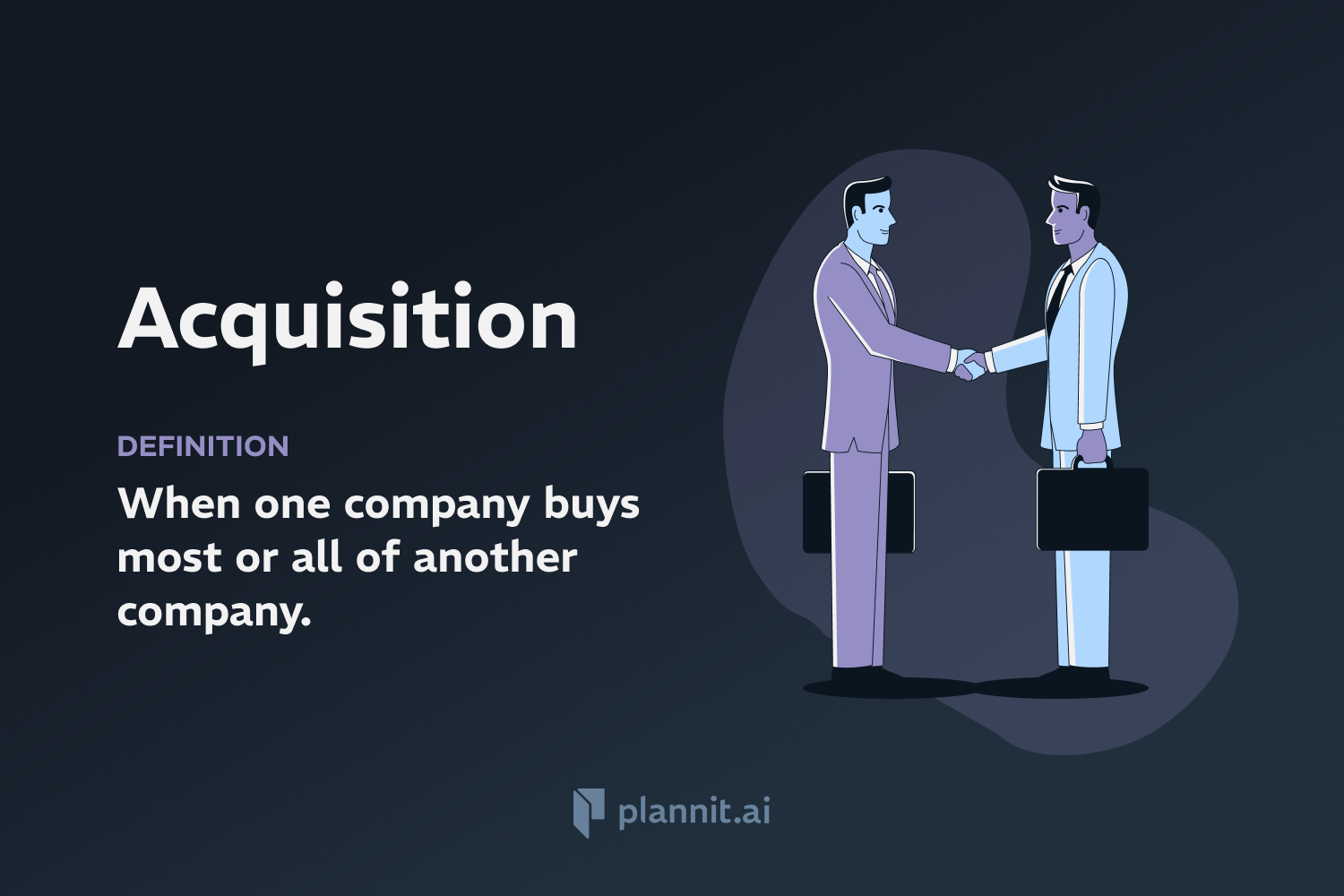Need Help With Your Business Plan?
Answer tailored questions and get a detailed business plan in minutes.
Business Model: Definition & In-Depth Explanation

A business model outlines the plan implemented by a company to generate revenue and make a profit from its operations. It includes the products or services the business plans to sell, its identified target market, and any expected expenses. Business models are vital for both new and established companies. They help stakeholders understand how a company intends to operate within its market space, compete effectively, and create value for both customers and the company itself.
Purpose:
The purpose of a business model is to provide a clear roadmap for how a company will operate, compete, and achieve profitability. It details the company's value proposition, revenue generation strategies, target customer segments, and cost structure. A well-defined business model helps companies to allocate resources efficiently, attract investment, and guide decision-making processes.
Example:
A subscription-based business model is where customers pay a recurring price at regular intervals to access a product or service. An example is a software company that offers its products as a Software as a Service (SaaS) with monthly or yearly subscriptions. This model allows the company to generate steady revenue over time while providing customers with ongoing access to their software without a large upfront cost.
Related Terms:
Value Proposition: A statement that summarizes why a consumer should buy a product or use a service. It is a clear declaration of the benefits offered by the product or service, how it solves problems or improves the customer’s situation, and why it is better than other competing products.
Revenue Streams: The various sources from which a business earns money from the sale of goods or provision of services. Examples include sales revenue, subscription fees, and licensing fees.
Cost Structure: The composition of a company’s costs and expenses associated with its business model. It includes fixed and variable costs.
Market Segmentation: The process of dividing a target market into approachable groups based on characteristics such as demographics, needs, priorities, common interests, and other psychographic or behavioral criteria used to better understand the target audience.
FAQs:
How can a business model evolve over time?
A business model can evolve in response to changes in the market, technology advancements, customer needs, and competitive pressures. Companies may adjust their value propositions, explore new revenue streams, or change their cost structures to adapt and grow.
What is the difference between a business model and a business strategy?
A business model describes the rationale of how an organization creates, delivers, and captures value. In contrast, a business strategy outlines the specific actions and directions a company will follow to achieve its goals and outperform the competition.
Can a company have multiple business models?
Yes, a company can operate multiple business models simultaneously, especially if it serves different markets or offers varied products and services that require different approaches to value creation and capture.
What role does innovation play in developing a business model?
Innovation is crucial for developing and refining a business model. It can lead to the discovery of new market opportunities, more efficient processes, unique value propositions, and novel revenue streams, keeping the company competitive and relevant.
How important is customer feedback in shaping a business model?
Customer feedback is invaluable in shaping and refining a business model. It provides insights into customer satisfaction, preferences, and unmet needs, allowing companies to adjust their offerings, enhance value propositions, and improve customer experiences.
Get funding with a business plan that will impress investors.
Starting a New Business?



